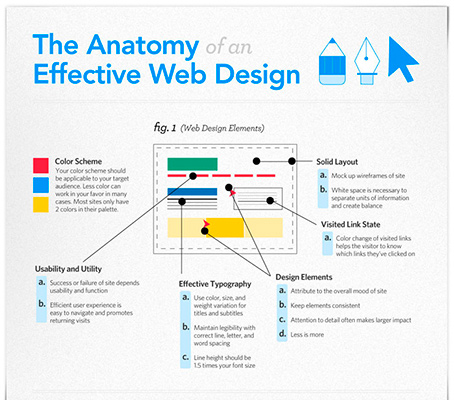Intrigued In Learning How Website Design Has Progressed? Take A Journey Via The Improvement
Intrigued In Learning How Website Design Has Progressed? Take A Journey Via The Improvement
Blog Article
Short Article Composed By-Booker Clarke
In the past, sites were straightforward and focused on details. Navigation was direct, and style was for desktop computers. Now, https://www.google.com/maps/place/Moon+and+Owl+Marketing/@32.9757271,-106.5344695,1840583m/data=!3m1!1e3!4m6!3m5!1s0x864ddeaa4179705b:0x488d41d2cc6b9750!8m2!3d32.9757271!4d-97.5696258!16s%2Fg%2F11b6mpccrg?entry=ttu&g_ep=EgoyMDI1MDIxMS4wIKXMDSoJLDEwMjExNDUzSAFQAw%3D%3D is key. Data overviews designs for very easy navigating. Receptive formats match various tools. Today, dark mode reduces strain, and minimalist menus enhance navigation. Interactive functions engage customers, and strong visuals stand apart. AI assimilation improves interaction. See just how style has actually advanced to boost your on the internet journey.
Very Early Days of Web Design
In the early days of website design, simpleness preponderated. Internet sites were fundamental, with limited colors, font styles, and formats. The focus got on providing info rather than fancy visuals. Individuals accessed the net via slow-moving dial-up links, so speed and functionality were vital.
Navigation food selections were straightforward, typically located at the top or side of the page. Internet sites were developed for home computer, as mobile surfing had not been yet prevalent. Material was king, and designers prioritized easy readability over complex design components.
HTML was the main coding language used, and designers needed to work within its restraints. Computer animations and interactive attributes were very little compared to today's requirements. Sites were fixed, with little vibrant content or individualized customer experiences.
Rise of User-Focused Style
With the advancement of web site style, a change in the direction of user-focused design principles has become increasingly prominent. Today, creating sites that focus on individual experience is crucial for engaging site visitors and attaining business objectives. User-focused style entails comprehending the requirements, choices, and habits of your target audience to tailor the website's format, content, and features appropriately.
Designers currently carry out complete research, such as customer studies and functionality screening, to collect understandings and feedback directly from customers. This data-driven technique aids in producing user-friendly navigating, clear calls-to-action, and visually attractive interfaces that resonate with site visitors. By placing the user at the center of the style process, sites can supply an extra customized and enjoyable experience.
Responsive style has actually likewise emerged as a crucial facet of user-focused design, making sure that sites are enhanced for various devices and display sizes. This versatility improves ease of access and functionality, satisfying the diverse methods users interact with internet sites today. In essence, the surge of user-focused style represents a change towards creating digital experiences that focus on the needs and expectations of completion user.
Modern Trends in Website Design
Discover the most recent fads forming website design today. One famous trend is dark mode layout, offering a smooth and modern-day appearance while minimizing eye pressure in low-light environments. One more crucial fad is minimalist navigating, simplifying food selections and enhancing individual experience by concentrating on essential elements. Incorporating micro-interactions, such as computer animated buttons or scrolling results, can produce a much more appealing and interactive site. Responsive style remains critical, guaranteeing seamless user experiences across various gadgets. Additionally, utilizing strong typography and unbalanced layouts can include aesthetic passion and draw attention to details web content.
Integrating AI modern technology, like chatbots for client assistance or individualized suggestions, improves customer involvement and enhances processes. Availability has likewise become a substantial pattern, with designers focusing on inclusive layout techniques to satisfy diverse customer needs. Accepting sustainability by optimizing web site efficiency for rate and efficiency is another emerging trend in web design. Teaming up with individual feedback and information analytics to repeat and boost layout continuously is necessary for remaining pertinent in the ever-evolving electronic landscape. By embracing these modern-day fads, you can create an aesthetically appealing, user-friendly website that reverberates with your audience.
Verdict
As you review the evolution of internet site style from the very early days to now, you can see just how user-focused style has actually ended up being the driving force behind modern-day trends.
Accept the journey of modification and adjustment in website design, always maintaining the customer experience at the leading edge.
Keep present with the latest trends and innovations, and never quit progressing your technique to produce aesthetically stunning and easy to use internet sites.
Progress, adjust, and create - the future of web design is in your hands.
